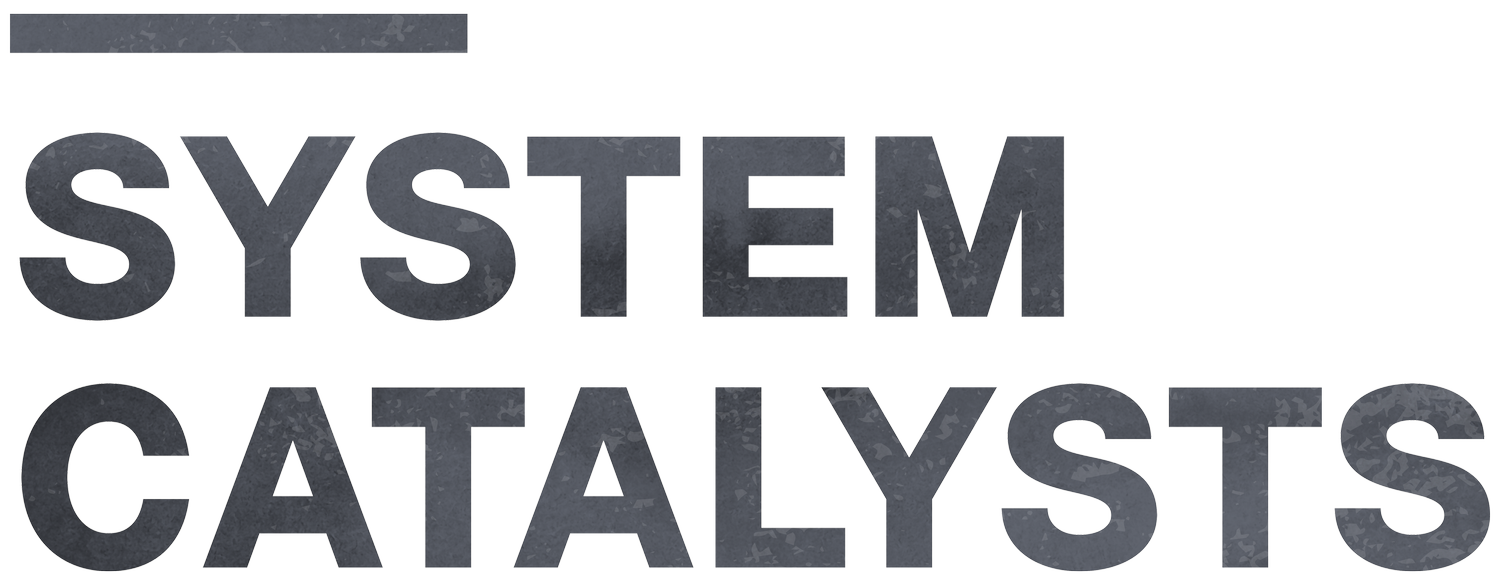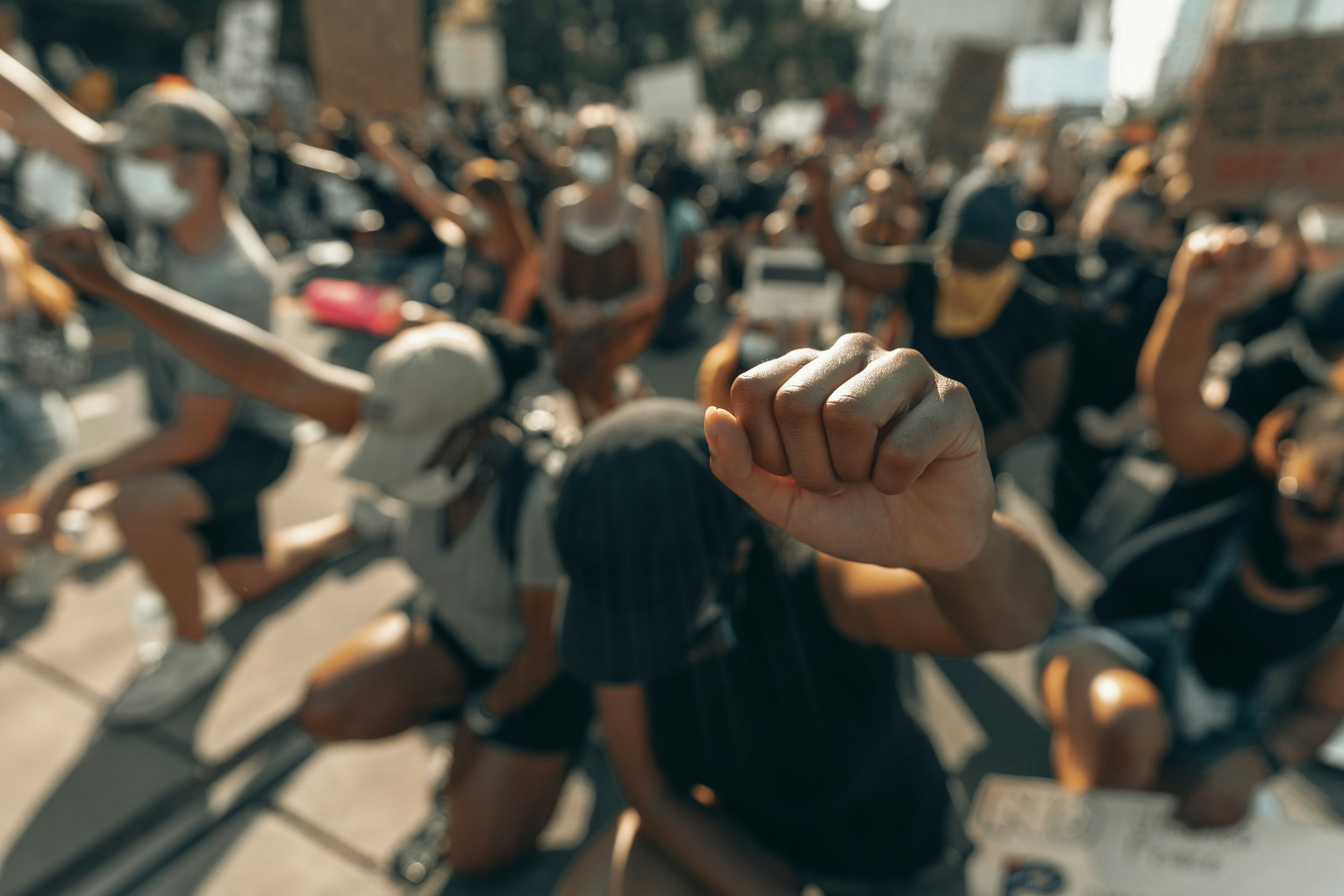A Guide to Effective Community Mobilization
Leaders, activists, NGO workers, and policymakers often face many challenges. A lack of knowledge, resources, and effective engagement strategies can significantly impede efforts to drive positive systems change within communities.
This leaves many feeling overwhelmed and needing help figuring out where to start. However, amidst these challenges lies a wealth of untapped potential, a reservoir of collective power and resources, waiting to be unlocked through community mobilization.
So, ask yourself:
”What does the solution require when a problem creates a ripple effect throughout the entire community?”
The affected community must work together to create change–otherwise known as community mobilization.
What is Community Mobilization?
At its core, community mobilization involves galvanizing community members, empowering them to tackle issues collectively, and leveraging their strengths and resources for common goals.
Community mobilization serves as a catalyst, uniting various community members to address challenging issues like environmental crises or health issues. It’s an all-encompassing endeavor that requires all hands on board, ranging from grassroots activists to governmental agencies, NGOs, religious bodies, and businesses.
In today’s world, where interconnectedness is more apparent than ever, community mobilization has emerged as a vital tool for fostering resilience and driving sustainable change. This collective effort has numerous benefits, including the pooling of resources and funding, enhanced problem-solving capabilities, and the amplification of community voices.
What are some essential principles underpinning effective community mobilization?
Inclusivity, empowerment, and collaboration are not just principles but the very essence of community mobilization. By embracing these, communities can harness their inherent potential and create lasting and impactful systems change, making every individual feel valued and integral to the process.
The Stages of Effective Mobilization
Before we begin fixing problems, how do we tap into the collective pulse of society?
Let’s break down the stages of effective community mobilization.
Initial Awareness and Community Assessment
Picture a bustling town square or lively city council meeting–a hub where community members gather to exchange stories, share ideas, and confront pressing issues. This is where effective community mobilization begins, with the spark of awareness igniting into the flames of action.
The first step is to cast a wide net, drawing community members into the conversation. Through surveys, interviews, and focus groups, we can dive deep into the community's heartbeat, listening intently and uncovering the nuances of its needs and aspirations.
Best Practices: Recognize the importance of creating inclusive spaces where every voice is heard and valued. By weaving together our community's diverse threads, we can better understand its strengths, challenges, and goals and make sure that every voice feels heard.
Pitfalls and Solutions: Despite our best efforts, we may encounter roadblocks–apathy, skepticism, or resource constraints. Seek innovative ways to reignite passion and foster genuine connection within the community. Cultivate a culture of inclusivity and empowerment to encourage active participation and ownership. Embrace unconventional solutions and tap into our community's collective generosity through crowd-funding campaigns, in-kind donations, or shared resources.
Vision and Goal Setting
No one knows better for a community than its own members who are proximate to the problems at play. Through active communication and collaboration, we can create a vision and roadmap for getting there.
Best Practices: True innovation arises from the intersection of different perspectives. Through participatory workshops and collaborative brainstorming sessions, we can craft a vision that reflects the collective desires of our community.
Pitfalls and Solutions: What happens when the vision doesn’t reflect the entire community? People feel left out, and their voices aren’t heard. Embrace diversity as our greatest strength, recognizing that true innovation arises from the intersection of different perspectives. Consider time and location when hosting meetings or gatherings, and offer multiple pathways for people to make their voices heard, from public platforms to private polling.
Action Planning and Implementation
With our vision set and goals in sight, it’s time to roll up our sleeves and create some tangible results.
Best Practices: Foster a culture of collaboration among community members and other stakeholders by establishing clear lines of communication and mechanisms for feedback and accountability. Once this is in place, it’ll be easier to prioritize actions, distribute tasks, and address identified gaps and challenges. Lastly, ensure flexibility and adaptability in implementation strategies to respond to evolving needs and circumstances.
Common Pitfalls: When you’re first starting out, be mindful of overcommitting or spreading resources too thin–this can lead to ineffective or unsustainable community mobilization. Prioritize actions based on their potential impact and feasibility, focusing on high-priority areas and building upon incremental successes to scale up efforts over time.
Building and Sustaining Engagement
Engagement lies at the heart of community mobilization. To truly harness the collective power of a community, it is essential that diverse voices are heard and valued. Community empowerment, transparent communication and leadership, and leveraging social media and digital tools are all methods to build and sustain engagement.
Empower Your Community
Empower community members to take ownership of mobilization efforts by providing resources, training, and support. Foster leadership development and create platforms for individuals to contribute their skills, knowledge, and experiences to the collective effort.
Communicate and Lead Transparently
Establish clear channels of communication that facilitate open dialogue and information sharing. Methods such as community meetings, newsletters, and social media platforms help to disseminate information and solicit feedback. When making decisions, lead by example and model transparency to foster accountability and build credibility. Involve community members in key decisions, provide regular updates on progress and challenges, and solicit input on strategic or shifting direction.
Leverage Social Media and Digital Tools
In today’s digital age, amplifying community participation and facilitating dialogue is easier than ever. Utilize social media platforms and community forums to spread information, promote events, and facilitate discussions. Create dedicated groups or pages where members can connect and share resources. Harness your creativity to create engaging and interactive content, such as infographics and videos, to capture viral attention and spark conversation. Lastly, social media can be used as a platform for storytelling and sharing experiences. Share success stories, testimonials, and personal anecdotes that highlight the impact of your community mobilization efforts. By embracing these strategies, you can empower others to join your community mobilization efforts and inspire positive change.
Measuring Impact and Ensuring Sustainability
Measuring your community mobilization efforts is not just a task but a responsibility. It will require a multifaceted approach that includes both qualitative and quantitative methods, ensuring that the impact is tangible and the change is sustainable.
Qualitative Methods
Participant Observation: Immerse yourself in the community to observe firsthand the changes and outcomes resulting from mobilization efforts. By actively engaging with the community and stakeholders, you can gain insights into the nuances of impact and document any evidence of change.
Focus Group Discussions: Conducting focus groups with community members provides a forum for in-depth conversation about their experiences, perceptions, and the impact of community mobilization efforts on their lives. These discussions can capture diverse perspectives and uncover unexpected insights.
Quantitative Methods
Surveys: Surveys are great for measuring the impact of community mobilization. Structured questionnaires can be administered to community members to collect various data, such as demographics, changes in behavior, and perceptions of effectiveness. Some people may also prefer surveys because of their anonymity and because they may be more truthful than a focus group.
Pre and Post-Assessments: By comparing data collected before, during, and after mobilization efforts, you can quantify changes in outcomes and assess the effectiveness of your efforts. This approach allows for measuring tangible indicators such as increased community participation and improved outcomes.
Adaptability is key to ensuring sustainability in community mobilization efforts. By remaining flexible and responsive to feedback, communities can adapt their approaches to evolving needs and circumstances. It’s also to forge strategic partnerships and mobilize resources to sustain long-term impact.
Leveraging Local Wisdom in Community Mobilization
Turn to local wisdom and cultural practices to truly maximize the effectiveness and sustainability of your community mobilization efforts. By integrating these insights, you can leverage your community’s unique strengths and resources to address challenges in innovative and culturally relevant ways.
One example is in the context of environmental conservation efforts in indigenous communities. By tapping into the ecological knowledge and deep-rooted connections indigenous groups have of their land, communities have developed sustainable land management practices, conservation techniques, and other preservation methods that are both effective and culturally appropriate. Just look to the Amazon rainforest to see it in action. Indigenous communities have employed agroforestry techniques that mimic natural ecosystems, promoting biodiversity and supporting livelihoods and food security.
How do you identify and incorporate local insights into your efforts? Here are some tips.
Community Consultation: Engage community members in meaningful dialogue to identify and document local knowledge, traditions, and cultural practices relevant to the cause.
Partnerships with Local Institutions: Collaborate with local organizations and cultural institutions to access and integrate local knowledge into your mobilization efforts. These partnerships provide valuable insights, connections, and resources that enhance the effectiveness of your efforts.
Co-Create: No one is more proximate to the problem than those living it. Co-create your mobilization strategies with community members, drawing on their expertise and insights to design programs that resonate with their lived experiences and aspirations.
When community members see their traditions, values, and lived experiences reflected in initiatives that address local challenges, they are more likely to feel a sense of ownership and agency. This ownership fosters a deeper commitment to the success of community mobilization efforts and increases the likelihood of sustained impact over time.
Conclusion
As you navigate where to start with your community mobilization journey, remember that solutions do not exist in isolation.
Your surrounding community is not only a support system, but they are chock-full of resources and inspiration–draw on the collective experiences to unlock new pathways to creating sustainable impact.
For more insights, stories, and tips on effective community mobilization efforts to inspire your journey, subscribe to the Systems Catalysts podcast.
Join us as we leverage our strengths and collectively tackle the world’s most pressing issues.



